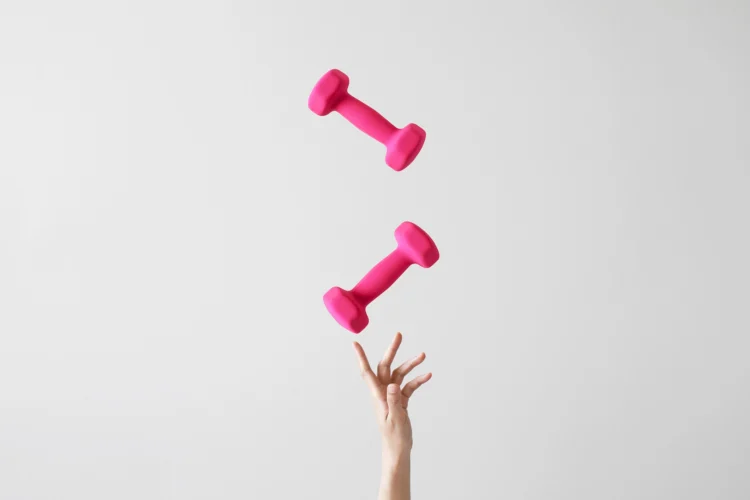Are you wondering how much you should be lifting when it comes to weight training? You’re not alone. Many people want to know the answer to this question, but the answer isn’t always straightforward. That’s why we’ve created this guide for finding your ideal weight range so that you can get the most out of every session in the gym.
Before we dive into how much you should be lifting, it’s important to understand some of the basics about lifting weights. Lifting weights is a great way to improve your overall health and fitness level. It helps build strength, muscle mass, and endurance while helping improve your posture and balance. But like any exercise program, safety is key. So before you pick up that barbell or resistance band, make sure you know the proper technique and form for the exercises you plan on performing.
Finding Your Start Range

When beginning an exercise program with weights, an important part of developing a successful routine is finding what is called an “ideal start range.” This helps ensure that you are pushing yourself without straining yourself beyond what’s safe or manageable for your individual abilities and goals. It also ensures that you are starting at a level where progress can be made in terms of strength gains while still avoiding injury or other possible complications from overexertion. To find this:
- Start by assessing your current physical condition. Do some basic tests such as pushups for upper body movements and squats for lower body movements in order to gauge where your strengths and weaknesses lie in terms of muscular strength/endurance – anything from 10-12 reps per set will do here depending on skill level/level of fitness;
- Take into account body size when selecting weights; if bigger individuals will require heavier objects than their smaller counterparts;
- Determine the goal type; muscle building requires heavier loads and higher reps whereas general fitness only requires light loads at higher reps;
- Consider experience level with training; more experienced lifters typically have a better form which allows them to use heavier loads safely;
- Lastly factor in any injuries or medical conditions related to strength/weight-bearing activities such as arthritis or bone fractures which might limit one’s ability to lift heavy objects safely.
Selecting Weight For Specific Exercises

To make the most of exercises like chest presses, squats, and bicep curls, it’s crucial to monitor your progress by keeping a record of the number of sets and reps, as well as any increases in the load you can handle over time (if applicable). When starting out, begin with a lighter mass of about 20-30% of your one-rep max (1RM), and gradually increase your burden over time based on your capability and desired goals.
However, it’s important to avoid overtraining and pushing yourself too hard too fast, which can lead to burnout or injury later on. If you’re unsure, try using lighter weights or lower reps at first, and then adjust accordingly after analyzing your results by sticking with the same exercises and increasing the intensity slightly each workout. Once you’re comfortable with the movement patterns and form, you can start increasing the weight and reps safely over long periods of time (at least 8 weeks).
Final Thoughts

We hope this article has helped you find your ideal weight range and understand how much you should lift. With a good understanding of the basics, it’s easier to set realistic goals and work them out in a safe and effective way that will help achieve them. Remember that everyone is different, so it’s important to listen to your body and adjust your workout plan accordingly. With patience and consistency, soon enough you’ll have the results you’re looking for!
 Hi Boox Popular Magazine 2024
Hi Boox Popular Magazine 2024



